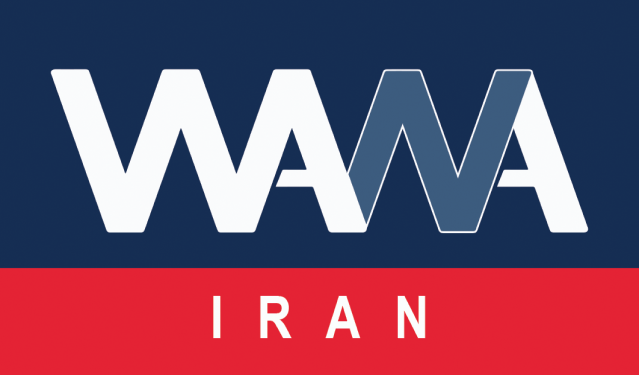Iran: Satellite Launch Planned in the Near Future
WANA (Feb 05) – The spokesperson for the Space Organization of Iran’s Ministry of Defense outlined the organization’s future objectives, stating: “Our goal, in line with the Leader’s directive, is to reach an altitude of 36,000 kilometers above Earth. As a first step, we will unveil an improved version to achieve higher orbits.”
Ahmad Hosseini Moness explained that the Ministry of Defense’s Space Organization operates across various mission areas, including missile, defense, and space sectors. He noted that during the President’s visit to the Aerospace Industries Organization, parts of these missions were presented to him and the Iranian public.
He added: “Since February 1999, when the Safir rocket successfully placed the domestically-built Omid satellite into orbit, Iran has made significant advancements in space launch technology. Today, thanks to our space scientists, we have achieved the capability to launch multiple satellites into high-altitude orbits.”
The spokesperson highlighted one of the Ministry of Defense’s key achievements, identifying the Simorgh launcher as Iran’s leading carrier for simultaneous satellite launches and altitude records. He noted: “On January 28 last year, the Simorgh successfully placed three satellites into orbit, reaching an altitude of 1,100 kilometers. On December 6, 2024, it carried the country’s heaviest space payload, including an orbital transfer block developed by the Communications Ministry’s Space Research Institute, the Fakhr nanosatellite developed by Iran Electronics Industries, and a research payload from the Aerospace Industries Organization, with a total weight of 300 kilograms.”
He also introduced the Sarir satellite launch platform as a major breakthrough for the Ministry of Defense, stating: “Sarir is a new launch platform that has significantly enhanced Iran’s satellite launch capabilities.”
Discussing future developments, he revealed that the Sarir project aims to launch payloads exceeding one ton, with the first version targeting 1.5 tons and the second reaching 4 to 5 tons. “From a technological and scientific standpoint, we face no major barriers in this area. With this launcher, we can achieve our ultimate goal of reaching a 36,000-kilometer orbit.”
Hosseini Moness also discussed the “Martyr Soleimani Constellation” as a key project of the Ministry of Defense’s Space Organization, explaining: “Satellites, especially those in low Earth orbit, are shifting from standalone operations to networked constellations. To reduce access time for data and communications, we need to deploy satellites in constellations. Our first step in this direction is the Martyr Soleimani Constellation, developed by a consortium of domestic companies under the Ministry of Defense’s supervision. We aim to establish Iran’s first satellite constellation based on domestic expertise.”
Regarding the organization’s future plans, he reiterated: “Our objective, in line with the Leader’s vision and our ambitious space goals, is to reach a 36,000-kilometer orbit. The first step toward this will be unveiling an improved version to facilitate access to higher orbits.”
Expressing optimism about Iran’s space sector, the Ministry of Defense’s space spokesperson stated: “We have upcoming launches, and we will announce final details at the appropriate time. The current coordination among various national space entities promises a bright future for Iran’s space industry—an essential sector for any advanced nation in science and technology. We assure our people that we will make every scientific effort to secure what is rightfully theirs in this domain.”












